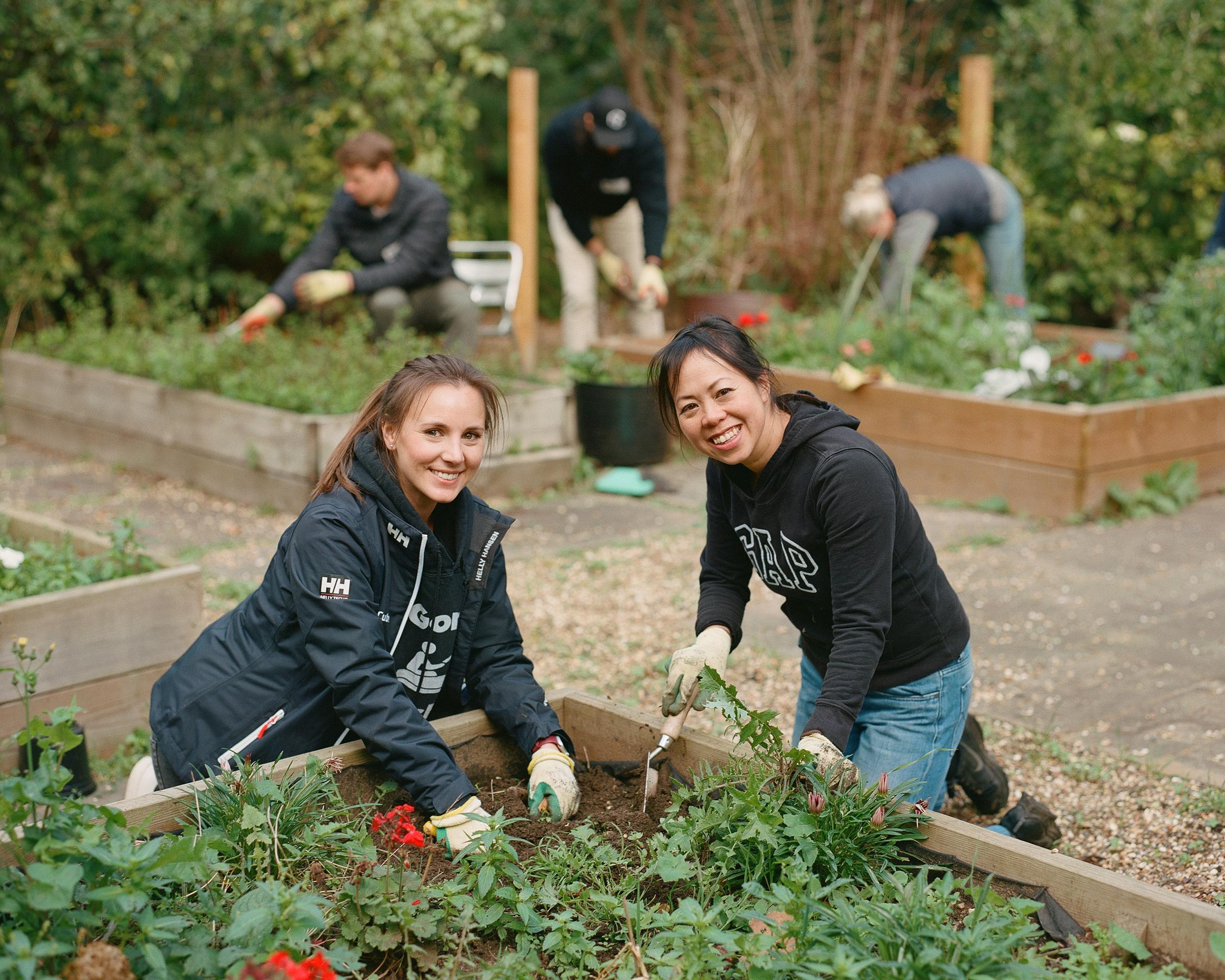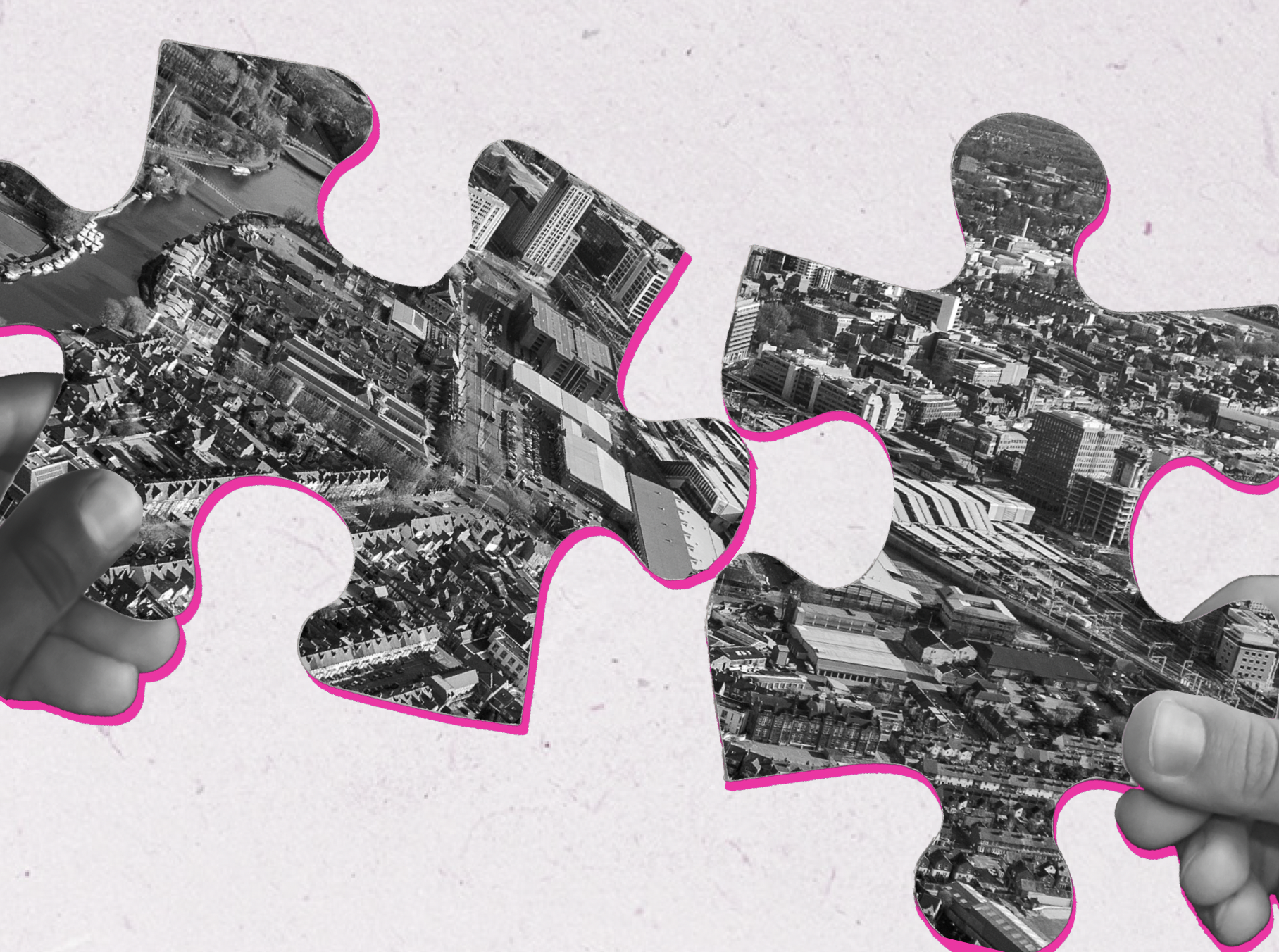Connection and understanding tackle hardship in neighbourhoods
The knowledge and experience of marginalised communities needs to be central to how the state responds to hardship. Social connections are vital in providing practical and emotional help to people and stop their situation worsening.







